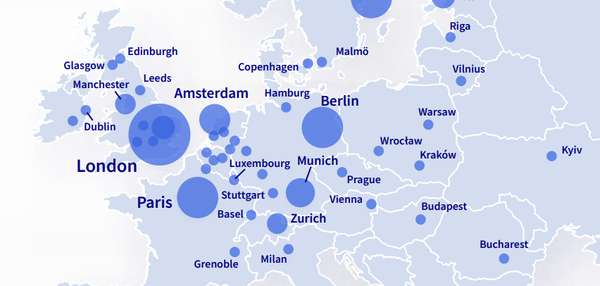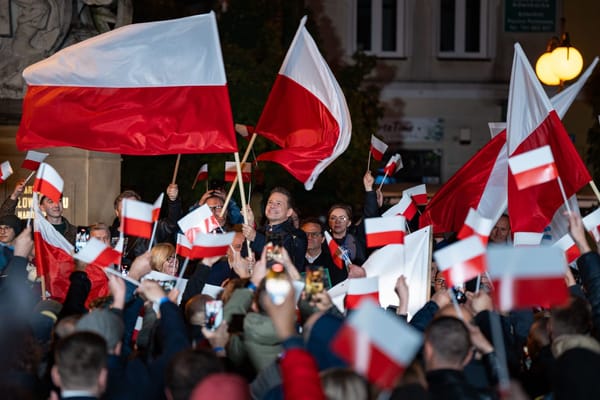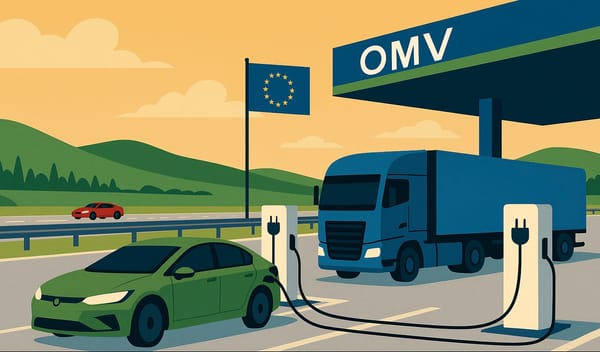
Polish auto industry posts record numbers
The Polish automotive industry grew by over 21.5% last year to hit an all-time high of EUR 39.7bn, Gazeta Wyborcza reported, citing analytics company AutomotiveSuppliers.pl.
This is not only the result of an improved economy, but also inflation, the Polish daily wrote. The automotive industry remains a key pillar of Poland’s national economy and is also a major driver of exports, it added.
Numbers came as a surprise
In the spring of last year, nothing foreshadowed such a result, Gazeta Wyborcza recalled. In the first months of last year, particularly in March and April, export results were down year-on-year.
According to AutomotiveSuppliers.pl partner Rafal Orlowski, this downturn was directly linked to the Russian invasion of Ukraine that began on 24 February 2022, and the resultant interruptions to supply chains and the stopping of production at many factories in the EU.
However a period of continuous growth commence in automotive exports in May and, according to AutomotiveSuppliers.pl, “for the first time in many years, an increase occurred in all 14 analysed groups of automotive products”.
From August to October, exports grew over 50% year-on-year. In October and November, Polish auto exports exceeded EUR 4bn a month.
Parts and batteries remain key to Polish auto
Parts and accessories are historically the main export of Poland’s automotive industry, and last year these rose 18.7%, to a record EUR 14.29bn.
The second-placed Polish auto product in recent years has been lithium-ion batteries, a key element of electric cars. Exports of these totalled EUR 8.48bn last year, up 25%. The majority of these batteries went to Germany, followed by Mexico (13.15 %) and France (8.5%).
Revenues from the export of passenger cars and vans amounted to EUR 5.46bn, up 12.4% year-on-year. These numbers are expected to rise again this year, given the ongoing expansion at the year-old Stellantis van factory in Gliwice, south Poland, and the Jeeps rolling off the assembly lines at the company’s even newer factory in nearby Tychy.
Employment numbers stabilise in final quarter
The increase in exports translated into an improvement in the results of the entire automotive industry in Poland, Gazeta Wyborcza wrote. In 2022, production in the group of manufacturers of motor vehicles, trailers and semi-trailers amounted to PLN 203.3bn (USD 48.4bn), exceeding PLN 200bn for the first time.
Medium-sized and large companies in the sector also had a record-breaking year for production, as did parts and accessories manufacturers, and vehicle and engine makers.
However, the growing turnover of automotive industry plants did not translate into increased employment, which was around 196,600 people at the end of 2022, down 1.7% year-on-year.
“It is worth noting, however,” Orlowski commented, however, that “this downward trend stopped, as employment was unchanged from the end of the third quarter”.
The record-breaking sales and exports were not only due to the end of the semiconductor shortage, which blocked car production for two years, Orlowski told Gazeta Wyborcza.
For the first time in years, there were higher prices of raw materials, utilities, and operating costs, which directly or indirectly influenced price rises, mainly of components, he explained.





